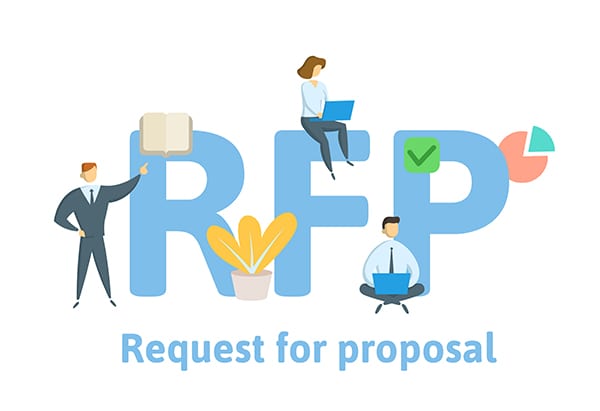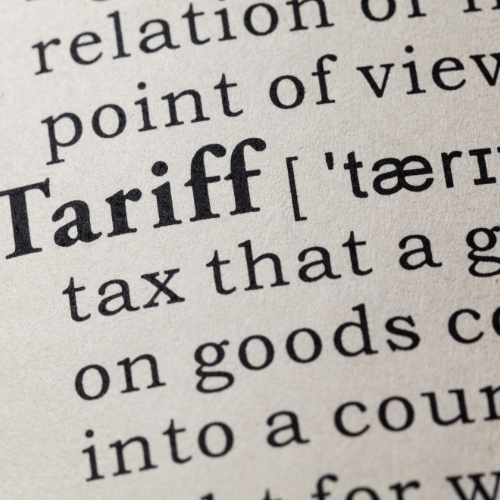Rethinking RFPs for Digital Commerce Success
The process of crafting a request for proposal (RFP) often feels like a standardized ritual. By the end, you might have vendors selected and presentations scheduled, seemingly marking success. But is it really? Traditional RFP processes, while functional, frequently reveal inefficiencies. It’s time to challenge the status quo and explore opportunities for improvement.
The Starting Point

When embarking on a digital commerce transformation, organizations typically start with internal reflection. Gathering insights from marketing and IT teams about pain points and automation goals makes sense as an opening step. Asking questions like these lays the groundwork for defining needs:
- Where are we facing challenges with our current systems?
- What processes could benefit from automation?
- To what extent have we customized our existing solution?
- Are there missed opportunities due to our current limitations?
This introspection is crucial, but it shouldn't exist in isolation. Here’s where organizations can falter.
Why an Expert-Led Discovery Process Matters
While internal reviews are valuable, involving external experts early in the process can radically enhance outcomes. Specialized firms like FitForCommerce or Digital Clarity Group bring years of experience to the table. They streamline the discovery process, ensuring you ask the right questions, focus on what matters, and avoid blind spots.
If budget constraints limit access to professional consultants, you can still get creative. Reach out to the very vendors you’re planning to include in the RFP process. Engage with them beforehand, and ask what they suggest you evaluate. A collaborative approach can generate insights you may not have considered—and many vendors will welcome the opportunity to contribute early.
Simplify and Focus Your Questions
A long list of questions does not guarantee better responses. Of course, due diligence is important, but avoid overcomplicating your queries in an attempt to seem thorough. Instead, identify the core information needed to qualify vendors effectively. A concise, thoughtful questionnaire saves everyone time and encourages clear, actionable responses.
If your process still requires lengthy documentation, balance this with opportunities for vendors to present their solutions. Whether through in-person meetings or virtual sessions, these conversations allow vendors to clarify, demonstrate their expertise, and build mutual understanding.
The Bigger Picture
RFPs have been around for decades and will likely remain a staple of procurement—but this doesn’t mean they’re perfect. Common pain points in the traditional method, such as poor question design and lack of expert input, can often undermine the process. A few key changes can make a significant difference:
- Leverage Expertise: Enlist third-party professionals or experienced vendors to refine your discovery and planning phases.
- Encourage Clarity: Focus on essentials when designing your RFP, ensuring questions are relevant and actionable.
- Facilitate Engagement: Provide vendors with opportunities to present their capabilities beyond written responses.
Building a New Kind of RFP
The ultimate goal is to create a process that achieves clarity, drives collaboration, and maximizes results for all parties involved. Change doesn’t happen overnight, but with deliberate adjustments, we can reimagine how RFPs function in the digital commerce space.
If you’re ready to take that first step towards a streamlined, smarter RFP process, start by evaluating where improvements can be made in your approach. With the right mindset and strategy, you can ensure your next RFP not only delivers results but sets a new standard in vendor collaboration and project success.


